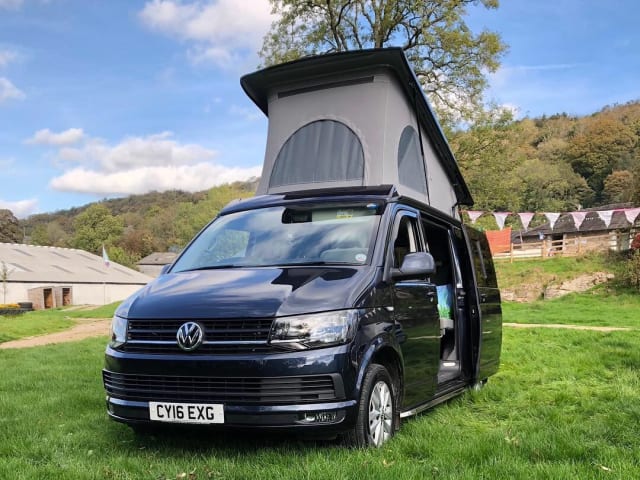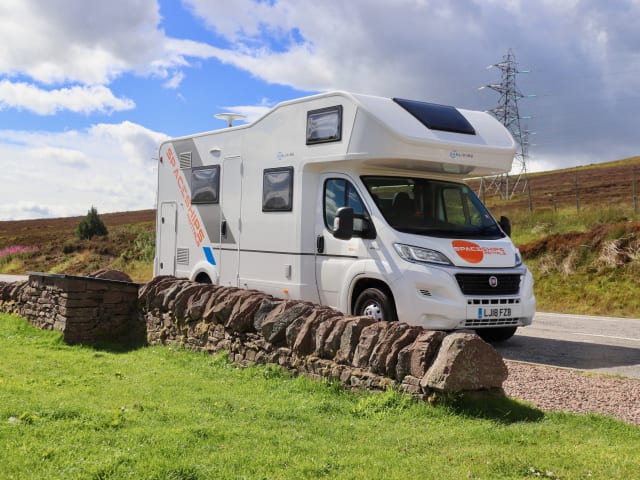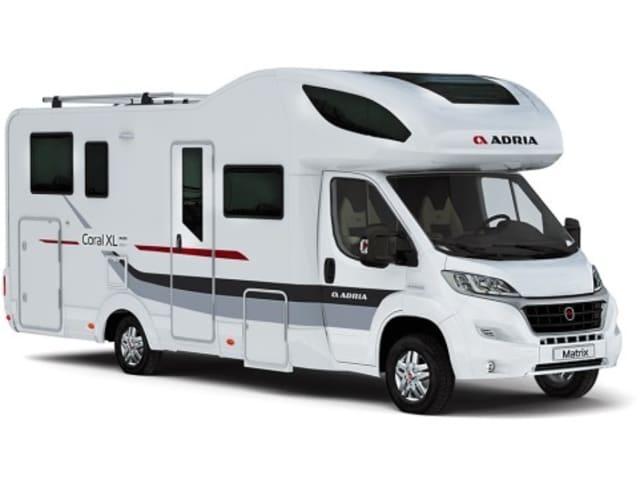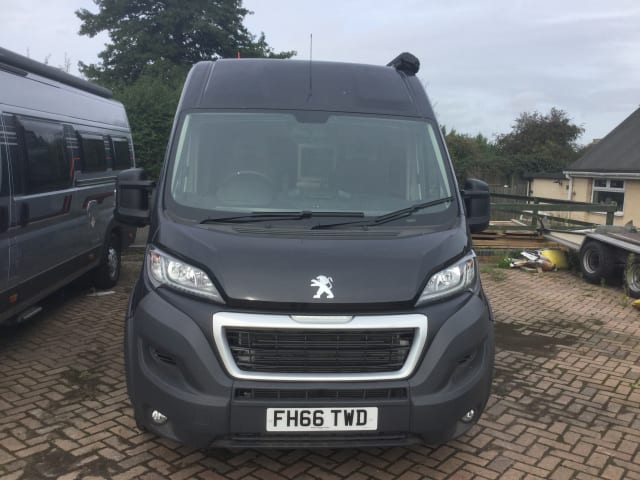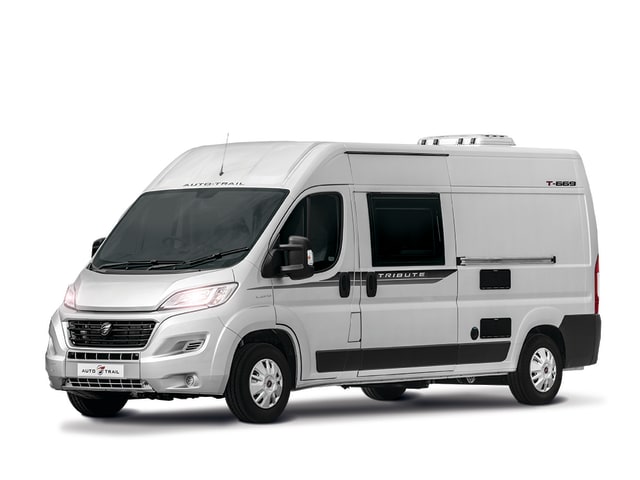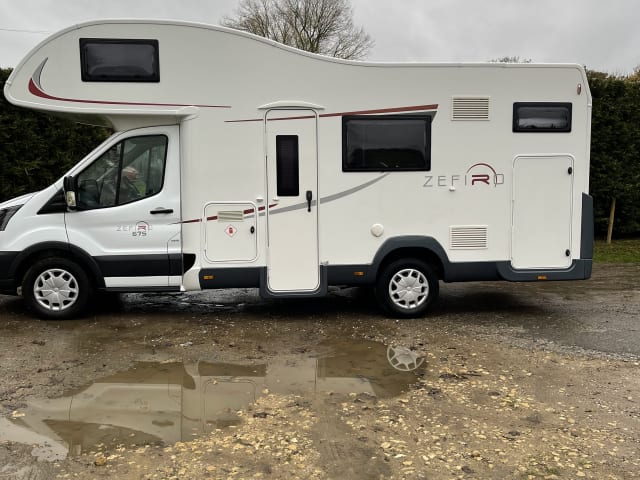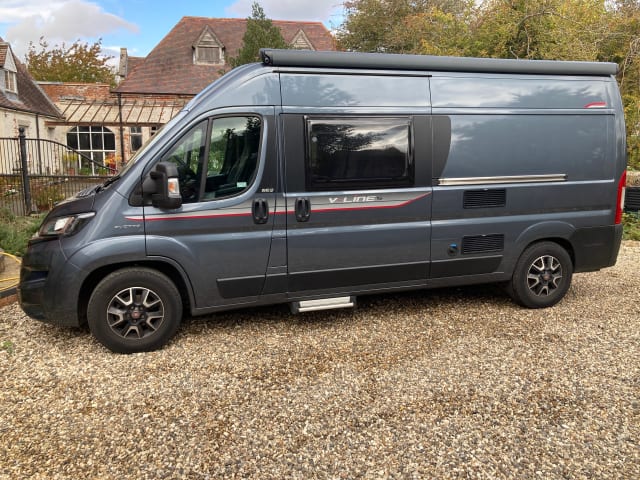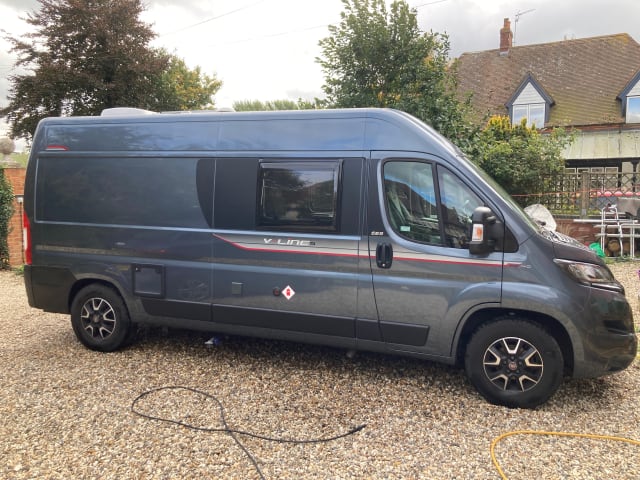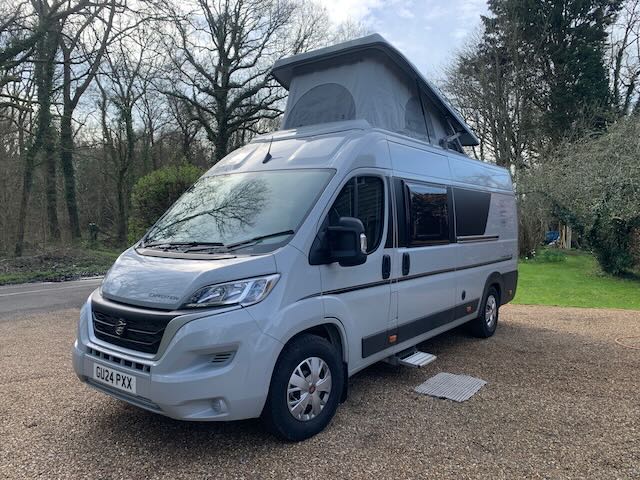For most people undertaking a van conversion, a working kitchen is essential on the list of things to include. Nothing beats being able to share a hot meal quickly and easily after a big adventure. The great thing about making your own custom kitchen one is that no matter what size space you’re working with, you can come up with an arrangement that suits you and your campervan.

In this complete guide, we will look at the steps to building your own campervan kitchen. But first, we will start with the essential tools and materials you’ll be needing:
Tools and materials required
-
Tape measure
-
Screws
-
Hinges
-
All-purpose caulk
-
Doorknobs
-
Solid pine for building the frame, birch plywood for building the units, and your choice of wood for the countertop.
- Pencils
The method to a campervan kitchen conversion
Step 1: Design the layout
It’s likely that you’ve already thought a lot about the layout of your motorhome kitchen. But, if not, before you start planning the build, you should have play around with designing prospective campervan kitchen layouts in Adobe Illustrator. If you aren’t sure which layout will work best, it’s a great exercise. You can make everything to exact size, but scaled down, to see how everything will fit before deciding on a layout you’re happy with.

Campervan kitchen styles:
-
Slide-out kitchens
These will work well in a low-top campervan kitchen, and are great if your vehicle doesn’t have the length to allow a kitchen inside. Building a slide-out kitchen requires heavy-duty drawer runners to allow extension of your kitchen unit from the side door or back. It allows you to cook without stooping, but one downside is that you need to cook outside, which could be a problem in bad weather. You might want to have a portable stove top that could be moved inside if you go for this kitchen design.
-
Kitchen parallel to front seats
This is a great option for shorter vans, and also if you have decided to seal off the cab for privacy. If you haven’t, bear in mind you won’t be able to access the front seats from within the van.
-
Kitchen parallel to side walls
This option is best for a van conversion kitchen in a high top van, like a Sprinter, as it allows a clear walkthrough to the front seats.
-
Split kitchen
Dividing your kitchen either side of the van, for example, with the stove and sink parallel to the walls and fridge next to the door, is a great design if you need to find a home for elements that are awkwardly large (like the motorhome fridge or microwave) or you want extra storage space here or there. It also facilitates a walkthrough to the cab.
-
Door kitchens
Installing a kitchen on the side or back doors is great for optimizing space inside. However, bear in mind that everything will have to be extra secure so as not to fly around when closing and opening the doors. Of course, this won’t really work so well on a van with sliding doors but will in vans with cargo doors, like old VW’s.
-
L-shaped kitchen
This is another great motorhome kitchen design if you have a closed-off cab. It gives lots of counter space for preparing food. Just make sure that, in the corner, you store stuff you don’t need immediate access to.
Step 2: Decide on the main components in your kitchen
This important second step includes planning what the main components of your kitchen are, and where they’ll go.
-
Fridge
The ‘standard van conversion fridge’ that majority of van dwellers have is the Domestic CRX50. It’s 12V, with a removable freezer section and is ideal for van life. It’s a decent size, and has easy front access like a normal domestic fridge. Most people build their kitchen units deep enough to put the fridge within a cupboard. They’re pretty expensive to buy new (~£600), but on Gumtree they go for much cheaper. You can set up alerts on Gumtree if you know you’ll be needing a fridge for your motorhome kitchen in the near future.
-
Sink
They can be as simple and light as this, but it depends what your priorities are! If it’s aesthetics, take a look at what these guys went for. To get a nice finish with the countertop sitting flat, trace where the sink will sit and chisel this out of the wood so that the sink lip sits nice and flush with the top of the wood counter. The cutout you make in the wooden countertop can also work really well as a sink cover, resting on the exposed sink lip. Drilling a hole will let you easily remove the cover.
If you don’t install a sink, or even if you do but want to have the option of doing your washing up with campsite services, this collapsible dishwashing bucket is an essential and comes with a dish drainer too.
Top tip: adding a backsplash to your counter using a piece of wood a few inches high will prevent any drippage behind the cabinets and enhance the aesthetics.
-
Water Tank
Deciding where the water tank will go is an important one, as you’ll have to keep refilling it so access needs to be clear and easy. Plan the overall layout of your kitchen first, then lay the wiring and plumbing (watch this handy video on how to install a water system in your camper).
-
Counter Top
Countertops are the usual conversion compromise of strength versus weight (and budget). Building using 12mm ply, for example, can save kilos in comparison to buying and fitting modular units. However, for a more homely finish, you might want to look into a different wood. Just remember that you may need to cut or even chisel your campervan hob and sink outlines into it to make them flush. Some converters will wrap the wood in a stone-style laminate worktop in order to save on weight and get the finish they want! Or, you can just paint wood with Osmo Polyx Oil so that they wipe down easily.
-
Hob
You’ll have to decide whether you want your campervan hob built into your counter, or just to sit on top, like this Campingaz portable 2 burner stove. The benefits of a portable hob is that, if you have a small space, it can be used for outdoor cooking too, and you’ll save some hassle on applying it. If you’re going on regular or long trips, unfolding your portable stove could be annoying. If you want your hob to be a permanent fixture, check out these Thetford hobs and cookers which are specially designed for campervans.
-
Microwave
You may not think that your campervan needs a microwave, but if it’s your four-wheeled home-from-home, why not include all the features that make life easy and comfortable? You can get a light, low-wattage campervan microwave that will allow you to use the usual 10A campsite electricity supply without tripping anything, like this Daewoo.
-
Storage
Pre-made Ikea drawers can be a time-saver, but you can make custom drawer-fronts from the same wood as you’ve been using for a more aesthetic look and self-made feel. Standard roller catches on the cupboard and drawer doors will keep them closed, or simply drill little catches on the outside to turn when driving.
Also, maximise space on cabinet sides and underneath shelves by attaching hooks, building racks or installing clever little hacks. For example, drilling the lids of spice jars to the underside of a shelf in the kitchen. Pinterest is a great place to get more inspiration for these quirky, clever additions.
Top tip: do several dry runs and arrange these items where you think they should go in the van. Keep rearranging them until you settle on something that makes sense!

Step 3: Carefully measure, join, and build your solid pine frame for the cabinets.
Step 4: Build the countertop. This is where you’ll also cut out the sink area and build a water access lid if you’re going for top-down access to your water tank.
Step 5: Test-fit your cabinets. Fingers crossed it’s all snug, but this is a chance to tweak the frame by cutting or adding before you get it in.
Step 6: Cut, design and install the cabinet doors and drawer fronts.
Step 7: Stain or laminate surfaces and worktops.
Step 8: Gather and install your motorhome kitchen accessories
This may include:
- Cutting boards
- A mess kit (plates, bowls, and cups) that is as homely or outdoorsy as you like.
- 1-gallon water tank with spout
- Waste container bucket for sink
- Pots
- Kitchen utensils (these motorhome kitchen accessories are highly personal to your road trip cooking preferences and styles! We recommend thinking carefully and choosing quality utensils that aren’t too heavy)
- Lightweight, multi-purpose cooking pans like this one
- Motorhome microwave
- Drawer liners or organisers to stop things sliding and rattling around as you drive

Conversion Kits - a bit of help from the pros
If gathering the motorhome kitchen accessories and making the motorhome cosy is the only part of the process you’re excited about, that’s ok: there are professionals out there who create bespoke conversion kits to save you time and energy on your kitchen. For example, SlidePods are a removable rear kitchen ‘pod’ system, handmade in a Devon workshop. Or these kits from Dutch company CamperFix are super smart on space.
There’s a lot to do, but a lot to love about having your own, hand-built van conversion kitchen. Whilst this guide makes all the steps clear, the best way to get inspired about your own customised kitchen is to try and test other conversions. Have a look at the self-built campervan conversions we have available to rent. You can rent direct from the proud owners, themselves, who will answer any questions you have about their conversion experience!
Looking for more DIY campervan upgrades? Or maybe you'd like to look at increasing your campervan storage next?


